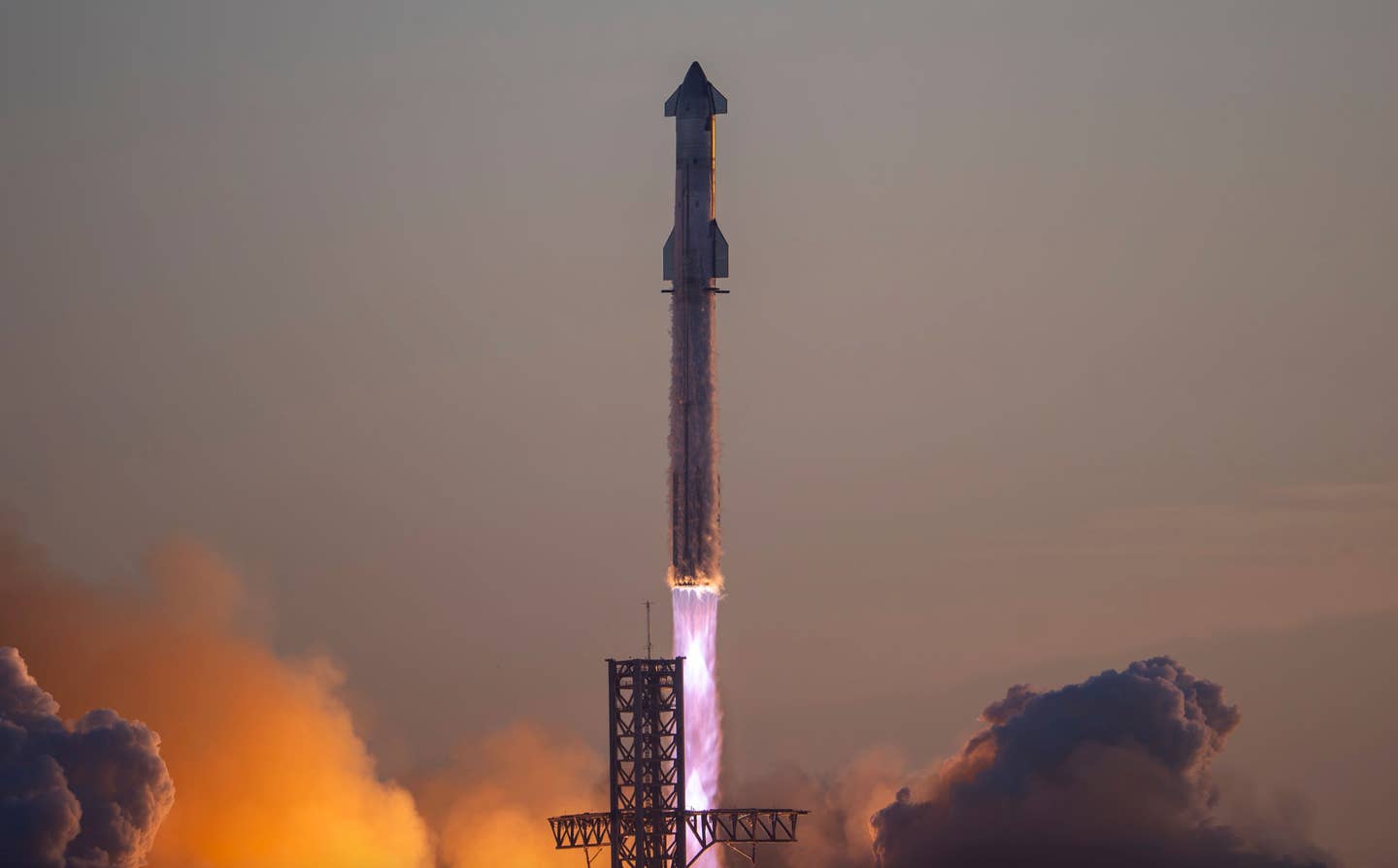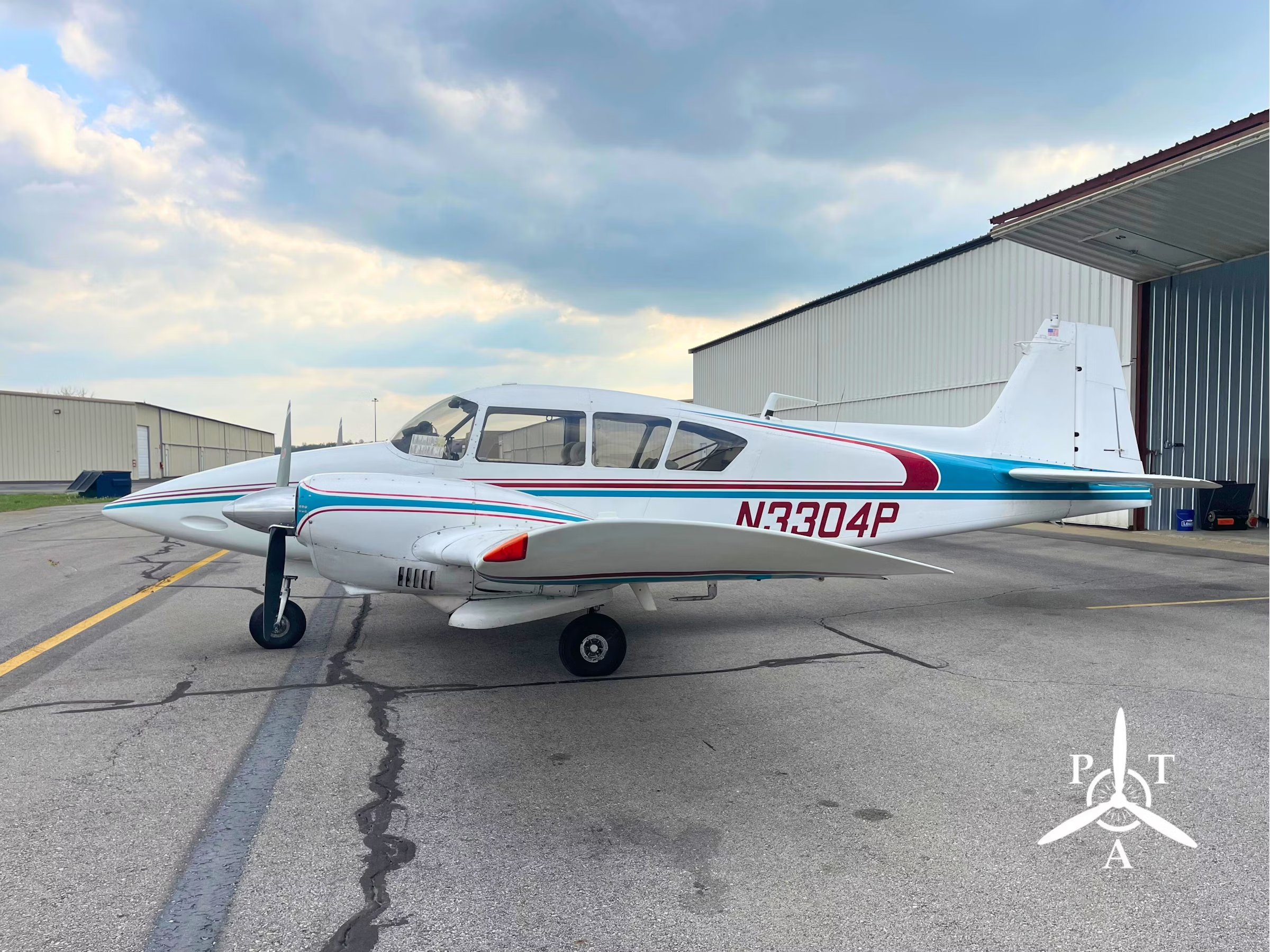FAA Closes Investigation Into SpaceX Starship Explosion
The FAA has closed its investigation into SpaceX’s Starship rocket mishap and agreed on new procedures for future flights.

SpaceX’s Starship and Super Heavy booster positioned on the launchpad ahead of the April 2023 test flight. [Courtesy: SpaceX]
The FAA this week closed its mishap investigation into the explosion of SpaceX’s Starship rocket and agreed with the company on new procedures for future flights.
SpaceX launched Starship on November 18 and reached space before the vehicle’s upper stage was destroyed by an automated internal system just minutes into the test flight. The nearly 400-foot rocket reached space after launching from Texas with no one on board. The FAA launched its investigation after the explosion and shared Monday that the agency accepted SpaceX’s explanation of what went awry.
The FAA said SpaceX identified 17 corrective actions to take, including:
- Vehicle hardware redesigns
- Updated control system modeling
- Reevaluation of engine analyses
- Updated engine control algorithms
- Operational changes
- Flammability analysis updates
- Installation of additional fire protection
The U.S. aerospace company offered its own update Monday, outlining the issues with Starship. SpaceX said the 33 Raptor engines powering its Super Heavy booster started correctly. After separation, “several” engines faltered and one shut down, “quickly cascading” as the booster exploded more than three and a half minutes into the flight, SpaceX said. The company reported that the most likely root cause of the booster failure was “determined to be filter blockage where liquid oxygen is supplied to the engines, leading to a loss of inlet pressure in engine oxidizer turbopumps.”
Starship’s upper stage successfully flew for about seven minutes before a leak occurred in the aft section of the spacecraft when the liquid oxygen vent was initiated, causing combustion and fires and knocking out communication between the spacecraft’s computers, the company said. The communication disruption shut down the upper stage’s six engines and initiated the automated flight termination system over the Gulf of Mexico.
Ahead of the next launch, the FAA is requiring SpaceX to implement all corrective actions and receive a license modification from the agency. The FAA is evaluating SpaceX’s license modification request.
The April launch of Starship also ended in a fiery explosion, but November’s test flight lasted nearly twice as long. The second test flight came after an FAA investigation and changes to Starship.
Starship, the world’s most powerful rocket, has been selected to launch Starlab, the commercial space station venture between Voyager Space and Airbus. Starlab, which will host four crewmembers, is scheduled to launch before the International Space Station’s decommissioning near the end of the decade.

Sign-up for newsletters & special offers!
Get the latest FLYING stories & special offers delivered directly to your inbox






